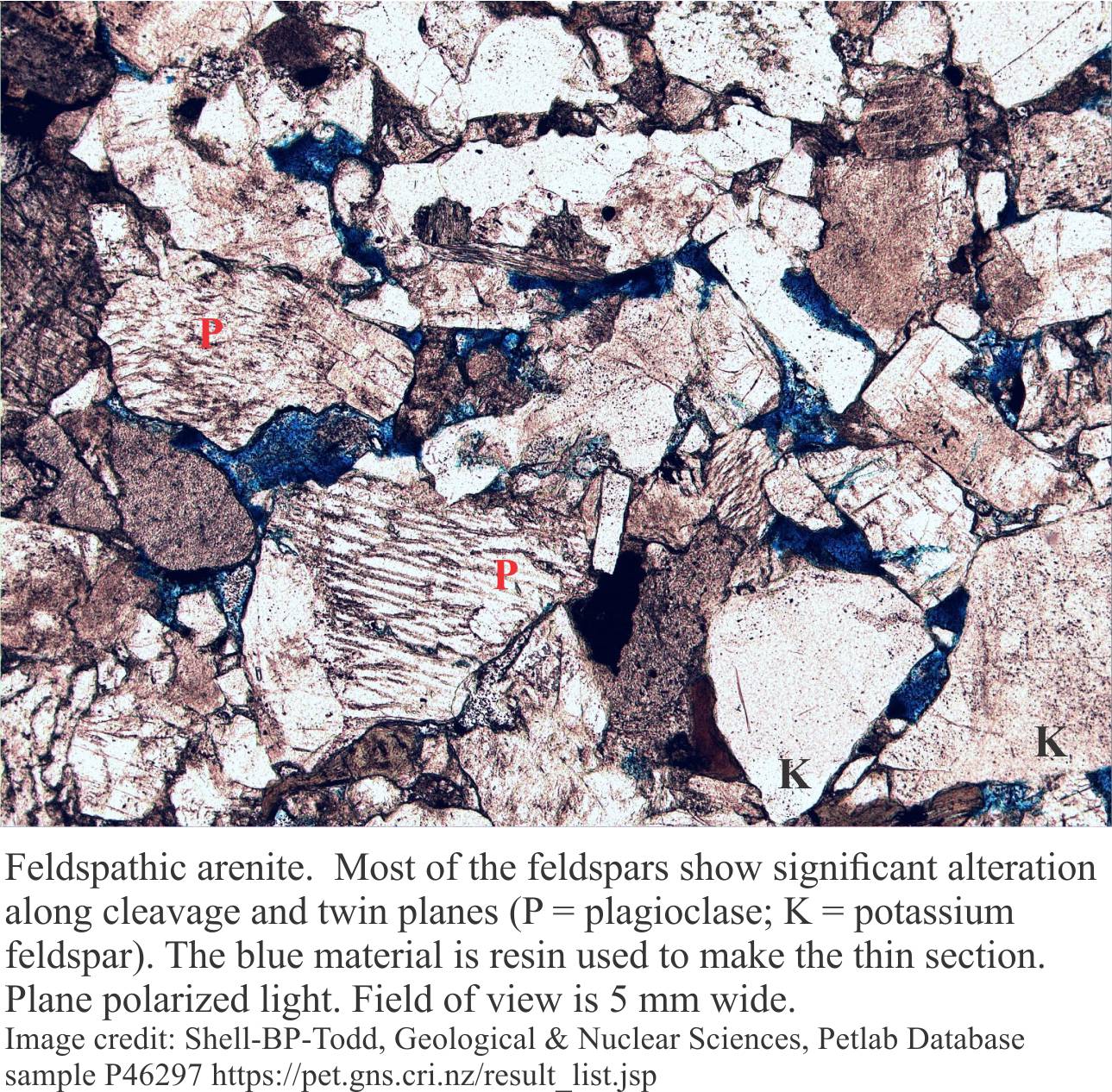Classification Of Sandstone Printable On the basis of these indexes sandstones excluding tuffs and calcarenites are grouped into four families namely graywackes lithic sandstone arkosic sandstones and orthoquartzites Each family is divided into two subfamilies
Pettijohn Classification of Sandstone Derived from Nichols 1 The kind of sandstones was classified by Pettijohn 1975 This classification based on the main component of sandstone Most sandstones are made up of mixtures o a very small number of dominant framework components like quartz feldspars and rock fragments Over the last three quarters of a century various grain based classification systems have been developed in order to categorize sandstones on the basis of the relative abundances of their three most common components quartz feldspar and rock fragments
Classification Of Sandstone Printable
 Classification Of Sandstone Printable
Classification Of Sandstone Printable
https://www.researchgate.net/publication/354714312/figure/fig1/AS:1070335596175360@1632199300906/Classification-of-Sandstone.png
A descriptive classification of sandstones exclusive of carbonate and volcaniclastic sandstones based on the composition of framework grains is proposed that can be used equally well in the
Templates are pre-designed files or files that can be utilized for different functions. They can save effort and time by supplying a ready-made format and layout for developing different kinds of material. Templates can be used for personal or professional projects, such as resumes, invitations, leaflets, newsletters, reports, discussions, and more.
Classification Of Sandstone Printable

Classification Of Sandstone

Classification Of Sandstones Geological Digressions

Classification Of Sandstone

Classification Of Sandstone

Classification Of Sandstone

a Classification Of Sandstone Based On Modal Quartz Q Feldspar

https://www.geological-digressions.com/classification-of-sandstones
The classification of sandstones matured in the 1940s through 1960s many publications were devoted to the subject some of the key players were Robert Folk Harvey Blatt Francis Pettijohn Raymond Siever P Krynine E McBride H William F Turner C Gilbert Robert Dott and R Fisher
https://www.britannica.com//Classification-of-sandstones
Sedimentary rock Clastic Chemical Organic There are many different systems of classifying sandstones but the most commonly used schemes incorporate both texture the presence and amount of either interstitial matrix i e clasts with diameters finer than 0 03 millimetre or chemical cement and mineralogy the relative amount of quartz and

https://pubs.geoscienceworld.org//107217180/Sandstone-Classification
More than 50 different classification schemes for sandstones have been proposed over the past century Some of those classifications are mainly related to the textural properties of clastic terrigenous deposits and those are discussed in Chapter 6

https://k12.libretexts.org/Bookshelves/Science_and_Technology/Earth
Clastic sedimentary rocks are grouped by the size of the sediment they contain Conglomerate and breccia are made of individual stones that have been cemented together In conglomerate the stones are rounded In breccia the stones are angular Sandstone is made of sand sized particles

https://ocw.mit.edu/courses/12-110-sedimentary-geology-sprin…
SANDSTONES 1 1 Introduction 1 1 1 Sandstones are an important group of sedimentary rocks I suppose a good estimate of the percentage of sedimentary rocks that would be classified as sandstones is about 25 1 1 2 Defining what s meant by the term sandstone turns out not to be easy
Sandstone is a clastic sedimentary rock composed mainly of sand sized 0 0625 to 2 mm silicate grains Sandstones comprise about 20 25 of all sedimentary rocks Most sandstone is composed of quartz or feldspar both silicates because they are the most resistant minerals to weathering processes at the Earth s surface Classification of sandstones Compiled by S N Mohapatra There have been over fifty classification schemes proposed for sandstone Most of those currently in use involve a ternary QFL quartz feldspar lithic plot for framework grains and a major division based on the relative amount of matrix
The descriptive petrographic classification of sand and sandstone proposed in this paper is based on the quasi universally used Gazzi Dickinson point counting method and simply translates into words ternary compositions of quartz feldspar and lithic fragments without introducing any new names